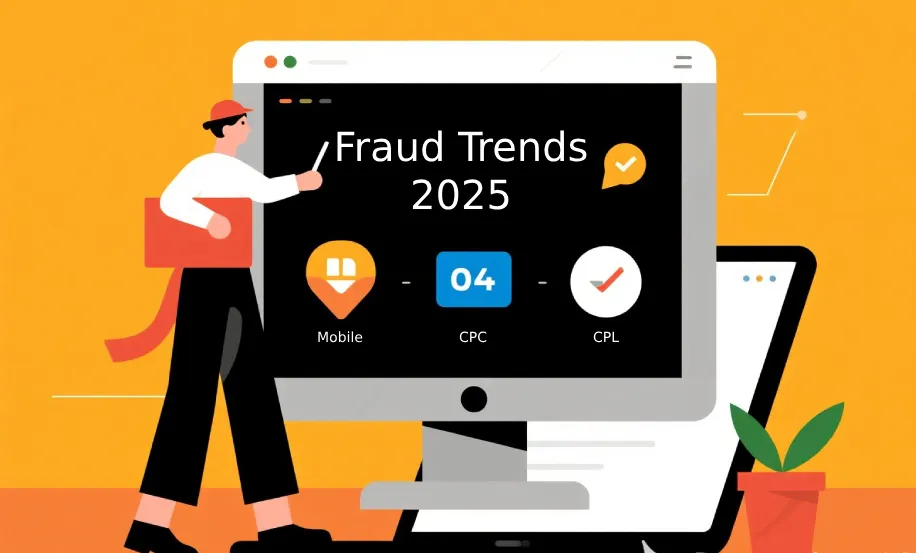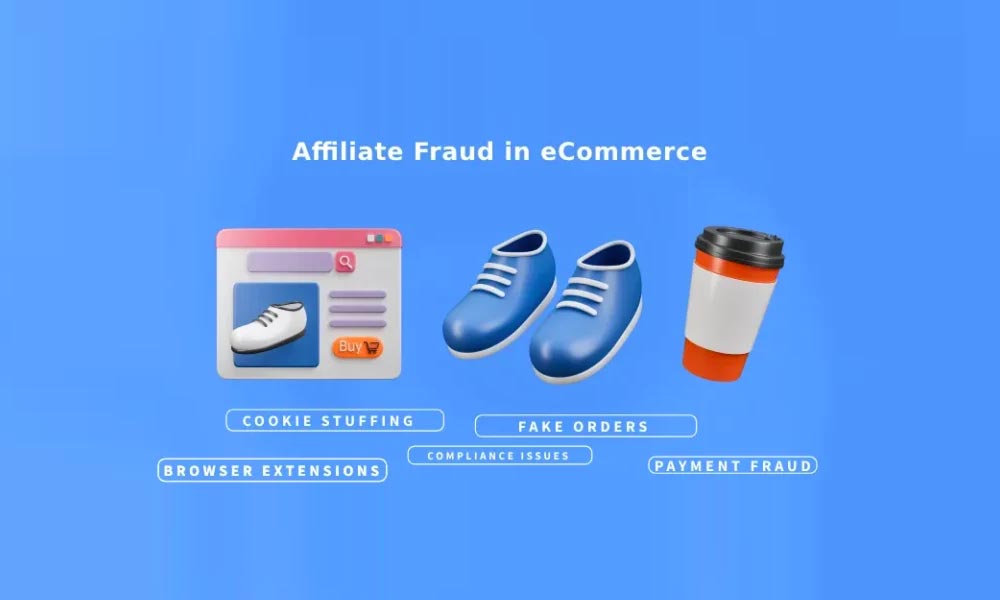Why Accurate Data Points Are Crucial for Effective Ad Fraud Prevention
As digital advertising and e-commerce continue to grow, ad fraud has become a major threat to profitability and data integrity. Preventing fraud in real-time requires more than just blacklists and rules, it demands the right data points at the right time. Without them, fraud detection systems are blind due to data fraud limitations.
This article breaks down the real-world challenges in collecting fraud-relevant data, and how forward-thinking platforms are solving them to stay ahead of fraudsters.
Key Challenges in Ad Fraud Detection
1. GDPR and Global Privacy Laws Restrict Data Collection
Privacy regulations like the General Data Protection Regulation (GDPR), CCPA, and others have made it increasingly difficult to collect granular user data. While these laws are essential for consumer protection, they restrict critical signals (e.g. IPs, user agents, device data) that fraud detection algorithms depend on.
2. First-Party Data Is Now Essential
With third-party cookies and tracking pixels becoming obsolete, first-party data has taken center stage. This includes all data collected directly from your users, clicks, pageviews, behavior, and conversions. It’s more reliable but harder to scale and manage without the right infrastructure.
3. Postback Limitations: Missing Data at the Conversion Level
When relying on postback-based conversion tracking, essential signals like device fingerprinting, JS checks, and session data are often lost. This creates blind spots in attribution and fraud detection, especially for affiliate and performance marketing.
Practical Solutions for Data-Driven Fraud Prevention
1. Linking Click and Conversion Data via Lookups
To bridge the data gap, top-tier platforms now connect click and conversion events using internal lookups. This lets you enrich conversion data with previously captured attributes like device IDs, IPs, and user behavior, without violating privacy rules.
Example: Matching a conversion postback with click-level fingerprint data using a session ID or click ID.
2. Enabling Advanced Analytics at the Point of Conversion
When click-to-conversion tracking is fully integrated, you can apply machine learning and behavioral analytics directly at the conversion level. This allows real-time detection of anomalies, such as time-to-convert patterns, velocity checks, and geo/device mismatches, triggering more accurate fraud scoring.
Final Thoughts: Data Is the Foundation of Modern Fraud Prevention
Fraud detection isn’t just about blocking bad traffic, it’s about understanding every user touchpoint. The better your data, the better your models, decisions, and protection.
Yes, privacy laws and postback limitations present real hurdles. But with the right strategy, connecting fragmented data and investing in first-party infrastructure, you can still build a highly accurate, scalable fraud prevention system.




